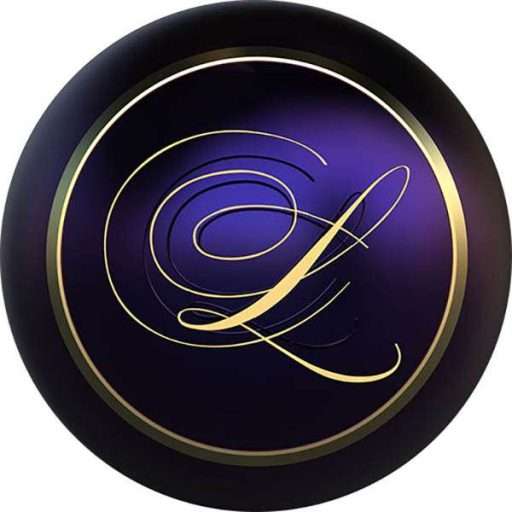3D Rendering vs. Traditional Methods: What’s Better?
3D Rendering vs. Traditional Methods: What’s Better?
Ever wondered how your favorite movies create those jaw-dropping visuals? Well, a lot of that magic comes from 3D rendering! In the world of architecture, this technology is revolutionizing how we visualize and communicate design ideas. Traditional methods, like hand-drawn sketches and 2D plans, have been the cornerstone of architectural design for ages, but things are changing fast. Today, we’re diving into the differences between 3D rendering and traditional methods to see which is truly better for architects. Let’s get started!
Understanding Traditional Methods in Architecture
First, let’s take a moment to appreciate traditional architectural methods. These include everything from hand-drawn sketches to detailed 2D plans. There’s something beautifully artistic about sketching a design by hand—trust me, I’ve spent many hours doodling ideas in my sketchbook! Traditional methods require a significant amount of skill and a deep understanding of design principles. Architects would spend countless hours perfecting their drawings, ensuring every line was just right.
But let’s be real: while these methods can be stunningly beautiful, they often leave clients struggling to visualize the final product. I remember showing a client a set of blueprints once, and their face was just blank. They couldn’t quite grasp how their dream home would come together. That’s a common struggle with traditional methods!
The Rise of 3D Rendering in Architecture
Enter 3D rendering! This technology has emerged as a game changer in the architectural field, thanks to advancements in software and computer graphics. No longer do architects need to rely solely on 2D drawings to convey their ideas. With 3D rendering, we can create lifelike visualizations that allow clients to see exactly what their future spaces will look like.
The shift toward digital visualization has made it easier for architects to present their ideas. Instead of flipping through pages of technical drawings, clients can now view stunning 3D models and walkthroughs that showcase every angle and detail. It’s a total game-changer for the industry!
Comparison of Accuracy and Detail
When it comes to accuracy and detail, 3D renderings have a significant edge over traditional methods. 3D software allows architects to capture intricate details and textures that might get lost in a hand-drawn plan. Plus, these renderings can be adjusted easily, making it simple to experiment with different materials or lighting conditions.
For example, I once worked on a project where the color of the facade was a major point of contention. By creating a 3D rendering, we could quickly show how different color schemes would look in natural light. It was incredibly effective! Clients were able to see their options in a way that traditional drawings simply couldn’t convey.
Impact on Client Communication
Let’s talk about client communication. One of the most frustrating parts of traditional methods is that clients often struggle to understand what they’re looking at. With 3D renderings, however, the visual storytelling is much clearer. Clients can see a realistic representation of their project, which fosters better discussions and decision-making.
I vividly remember presenting a 3D model to a client who was initially unsure about the layout of their office space. Once they saw the rendered visualization, everything clicked for them. They could walk through the design virtually and provide feedback in real time, which made the entire process smoother and more collaborative.
Time Efficiency and Workflow
Now, let’s get into time efficiency. Creating traditional architectural drawings can be time-consuming. There’s a lot of back-and-forth involved in making adjustments and revisions. With 3D rendering, changes can often be made quickly, which can significantly streamline workflows.
For instance, I’ve had projects where we spent days reworking plans based on client feedback. But with 3D software, I can make those adjustments in a matter of hours. It’s a huge time saver! This efficiency not only keeps projects on schedule but also reduces stress for everyone involved.
Cost Considerations
Cost is always a factor in any architectural project, and here’s where the debate between 3D rendering and traditional methods gets interesting. While some may see 3D rendering as an additional expense, it can actually lead to long-term savings. By identifying potential issues early in the design process, architects can avoid costly revisions down the line.
For example, I worked on a residential project where we initially used traditional methods. We ended up needing several rounds of revisions because the client wasn’t happy with certain elements. If we had started with 3D renderings, we could have saved time and money by addressing those concerns upfront.
Suitability for Different Projects
So, when should you use 3D rendering versus traditional methods? It really depends on the project. Larger, more complex designs typically benefit from 3D visualizations because they require a detailed understanding of the space. On the other hand, simpler projects might not need the same level of detail, making traditional methods perfectly suitable.
For example, I once designed a small garden shed. In that case, a quick sketch was sufficient. However, for a multi-story office building, 3D rendering was essential for showcasing the design and gaining client approval.
Conclusion
In conclusion, both 3D rendering and traditional methods have their place in the architectural world. While traditional methods offer a sense of artistry and craftsmanship, 3D rendering brings unparalleled accuracy, efficiency, and client engagement. Ultimately, the choice between the two comes down to the specific needs of each project. If you haven’t explored 3D rendering yet, I encourage you to give it a try—it might just change the way you work!

